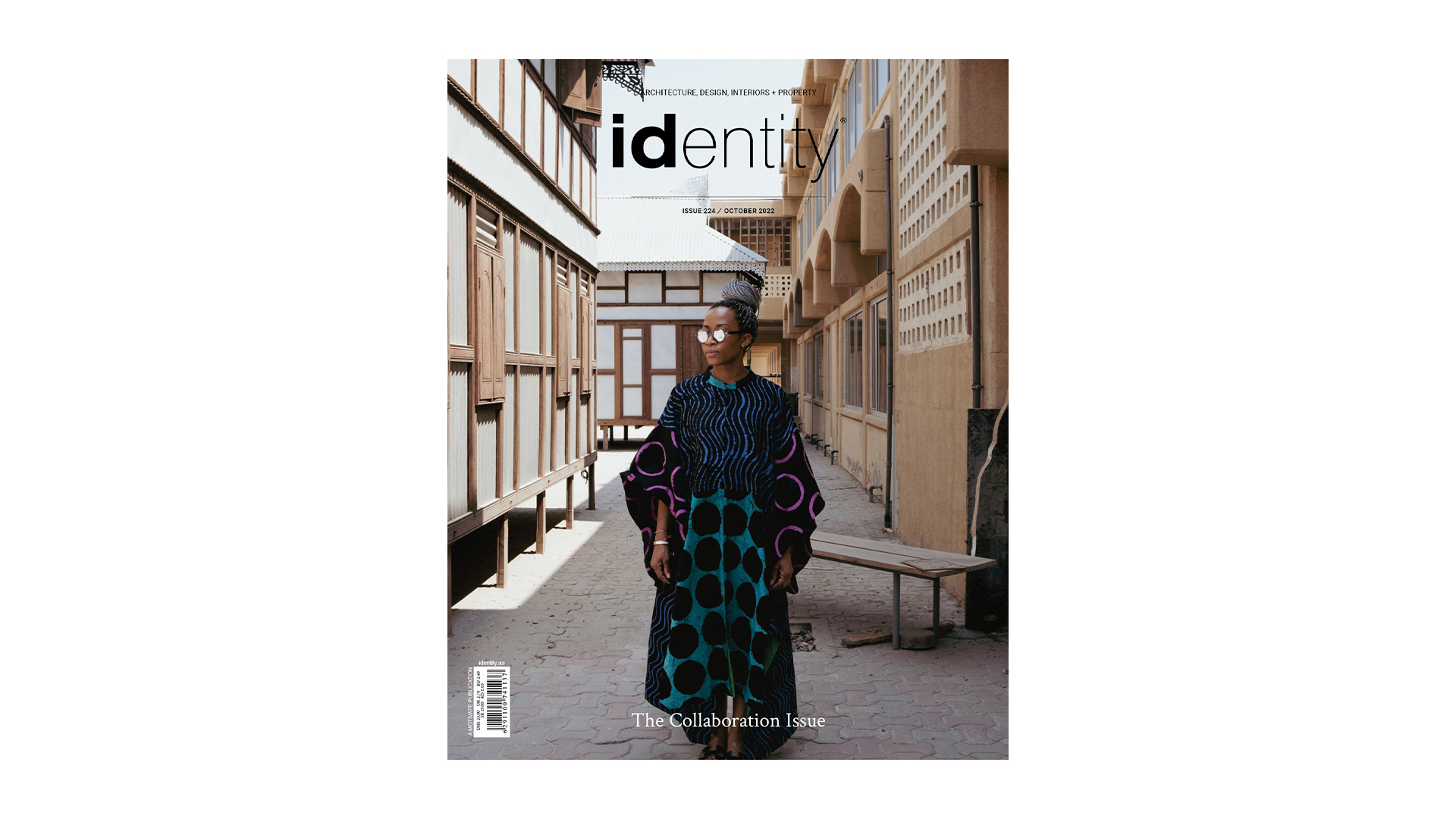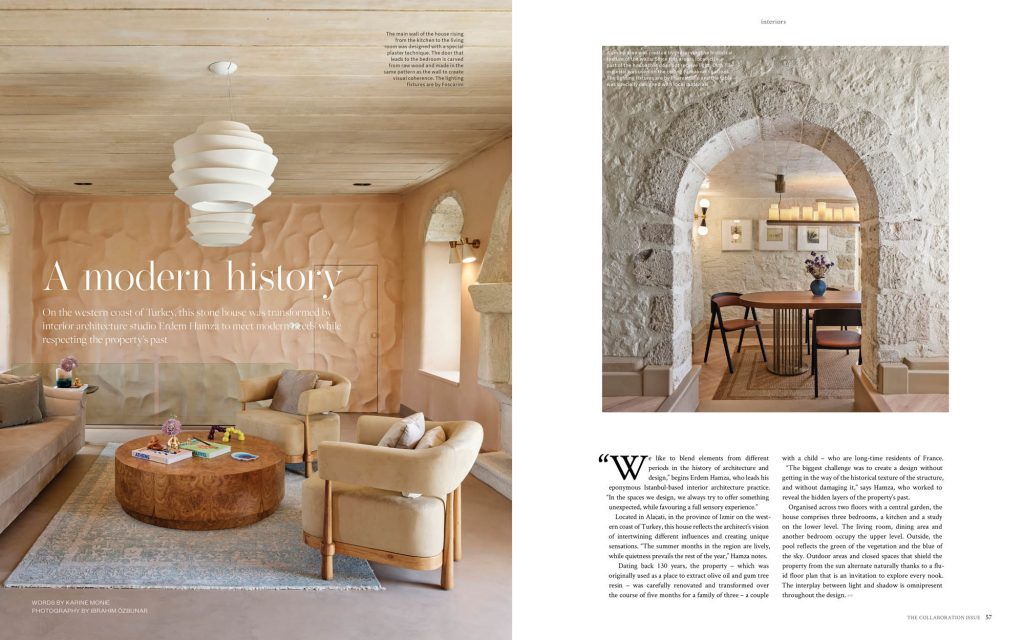Copyright © 2025 Motivate Media Group. All rights reserved.
Read ‘The Collaboration Issue’ – Note from the editor
Read identity's October 2022 issue on ISSUU or grab your copy!

It’s strange to think that I’ve been writing about architecture for over a decade now and, in some ways, it feels like nothing has really changed when, actually, a lot has changed: both in the world and within the architectural discipline. For one, the angle has shifted from disproportionately focusing on an ego-driven ‘starchitect’ narrative (which was largely driven by the media) to one that casts a wider global net. This is not to invalidate some of the truly groundbreaking works of these starchitects, but it does make one reconsider whether the focus of the architectural field had been evenly distributed. Especially if we are going to be tackling the global issues that we are faced with today, we are going to need a wider worldview – and a strong willingness for collaboration.

While the Global North has historically embraced a more individualistic approach, societies in the Global South are predominantly community-driven – which naturally lends itself to a more collaborative approach. The second edition of the Sharjah Architecture Triennial will set its sights on this part of the world and examine how practices can tackle today’s issues outside of the more global, Western canon. The exhibition is being curated by Nigerian architect Tosin Oshinowo, who is featured on this month’s cover. “There is a lot more inclusivity now [in the architectural field]; it is very encouraging, and I am optimistic that we are going to carry on in this direction,” she told me during our interview. Championing a multidisciplinary approach, Oshinowo hopes to engage product and industrial designers, architects, researchers and urbanists from across the Global South, hoping to bring to the foreground unfamiliar names from their respective fields for an alternative way of ‘doing things’. “The point is that we inclusively look for solutions that are not always from [within] the sector,” she said.

And while taking on the curator role is a prestigious and highly important endeavour, Oshinowo kept it real by admitting that she may not possess all the tools to bring the kind of diverse and wide-ranging conversation that she’d like if she were to solely stick to her own knowledge of the region. For that reason, she appointed an advisory board of international experts from the fields of art, design and architecture to help guide the exhibition. And for me, that is an important lesson to learn: which is that it is OK to admit that we don’t know everything – even within a professional environment. And this is exactly where the beauty of collaboration is so apt – it brings together different forms of knowledge and expertise for a greater cause, while focusing on togetherness as a pillar for progress. It is a theme I am always encouraged to explore – in this issue and the ones that came before and those that will, I hope, come after.

The Latest
How Eywa’s design execution is both challenging and exceptional
Mihir Sanganee, Chief Strategy Officer and Co-Founder at Designsmith shares the journey behind shaping the interior fitout of this regenerative design project
Design Take: MEI by 4SPACE
Where heritage meets modern design.
The Choreographer of Letters
Taking place at the Bassam Freiha Art Foundation until 25 January 2026, this landmark exhibition features Nja Mahdaoui, one of the most influential figures in Arab modern art
A Home Away from Home
This home, designed by Blush International at the Atlantis The Royal Residences, perfectly balances practicality and beauty
Design Take: China Tang Dubai
Heritage aesthetics redefined through scale, texture, and vision.
Dubai Design Week: A Retrospective
The identity team were actively involved in Dubai Design Week and Downtown Design, capturing collaborations and taking part in key dialogues with the industry. Here’s an overview.
Highlights of Cairo Design Week 2025
Art, architecture, and culture shaped up this year's Cairo Design Week.
A Modern Haven
Sophie Paterson Interiors brings a refined, contemporary sensibility to a family home in Oman, blending soft luxury with subtle nods to local heritage
Past Reveals Future
Maison&Objet Paris returns from 15 to 19 January 2026 under the banner of excellence and savoir-faire
Sensory Design
Designed by Wangan Studio, this avant-garde space, dedicated to care, feels like a contemporary art gallery
Winner’s Panel with IF Hub
identity gathered for a conversation on 'The Art of Design - Curation and Storytelling'.
Building Spaces That Endure
identity hosted a panel in collaboration with GROHE.
















